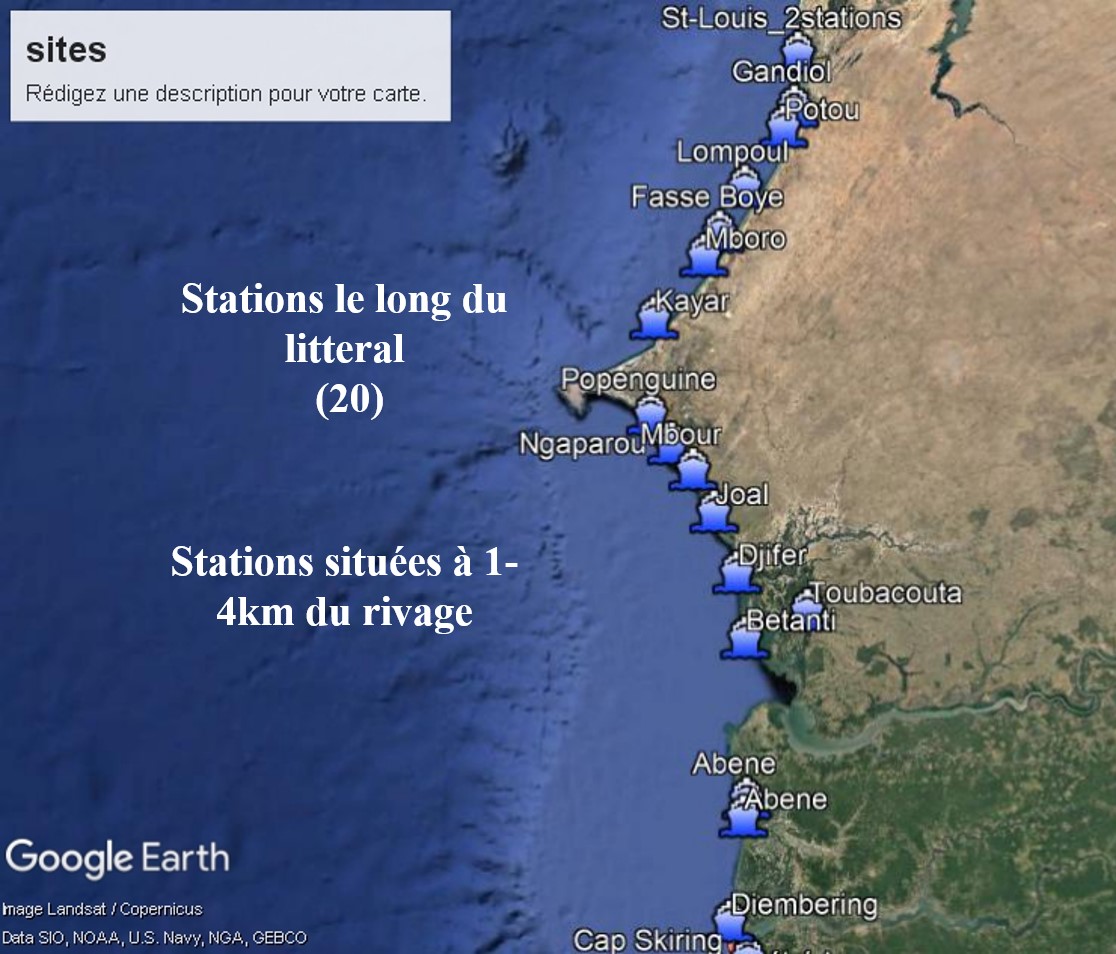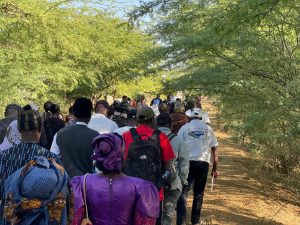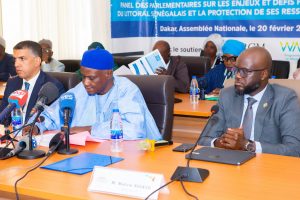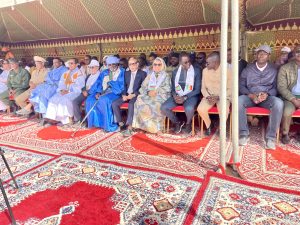In 2022, the Centre de Recherches Océanographiques de Dakar Thiaroye (CRODT) conducted research on sediment samples collected from April to June 2021 along the Senegalese coast from Saint-Louis to Cap Skirring. This research, for which the analyses were conducted at the CERES-Locustox laboratory, was aimed at determining the presence or absence of heavy metals including Barium (Ba), Vanadium (V) and Nickel (Ni), Silver (Ag), Aluminum (Al), Arsenic (As), Cadmium (Cd), Mercury (Hg), Cobalt (Co), Chromium (Cr), Copper (Cu), Iron (Fe), Manganese (Mn), Lead (Pb), Selenium (Se), Strontium (Sr) and Zinc (Zn), Polycyclic Aromatic Hydrocarbons (PAHs) and Total Hydrocarbons (TCHs).
It appeared that heavy metals (V, As, Cd, Co, Cr, Cu, Fe, Mn, Pb, Sr and Zn) are present in the twenty sites identified and their rate (mg/kg of gross weight) varies from one site to another. In contrast, Barium is present only at the Saint Louis and Betanti sites. Nickel was found in 12 sites (Mbao, Kayar, Potou, Gandiol), whereas silver, mercury and selenium were not detected in any of the sampled sites.
Out of these sites, the research identified the presence of total hydrocarbons in nine sites namely Potou, Lompoul, Dieimbéring, Bétanti, Popeguine, Cap Skiring, Nianing-Pointe Sarène, Abéné and Ngaparou.
Concerning the positive results of PAHs on sediment samples, sixteen PAHs were examined and only five were found with levels that could be quantified by the laboratory. These were Acenaphthene, Fluorene, Phenanthrene, Anthracene and Fluoranthene.
Phenanthrene is present in all samples except for Djiffer which is the sample on which no PAHs were quantified.
